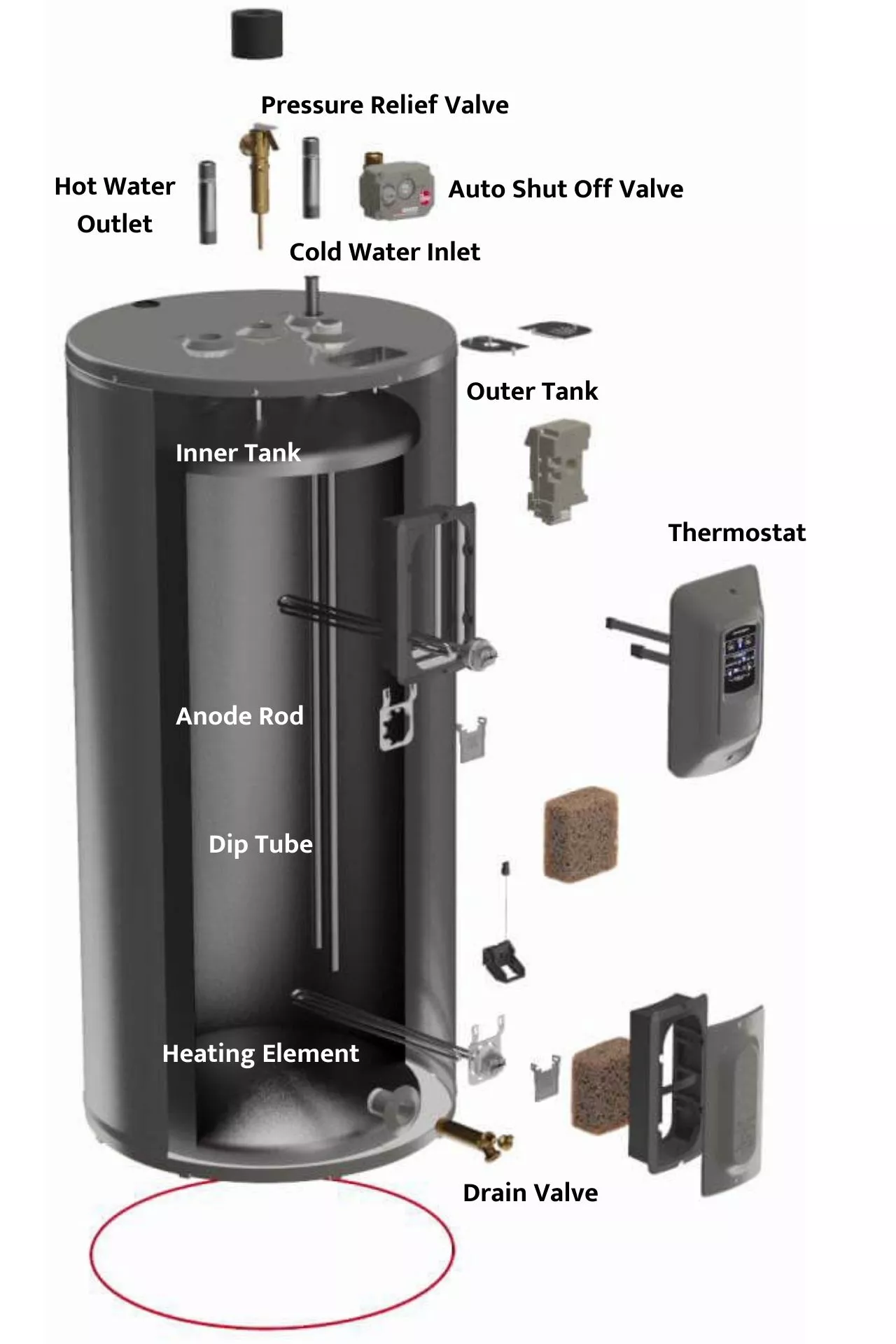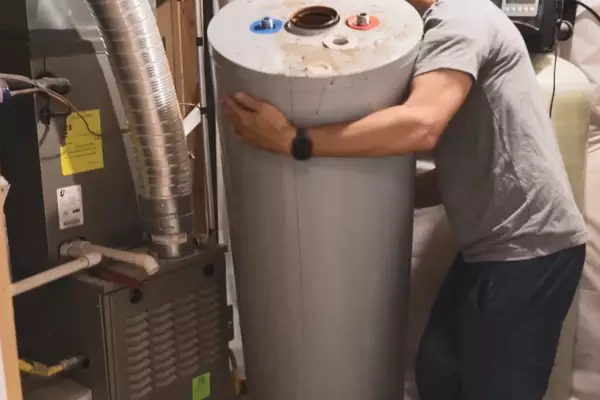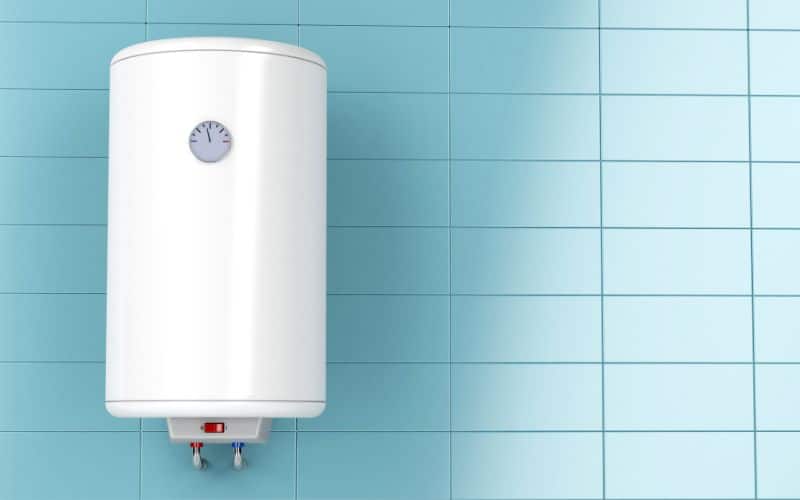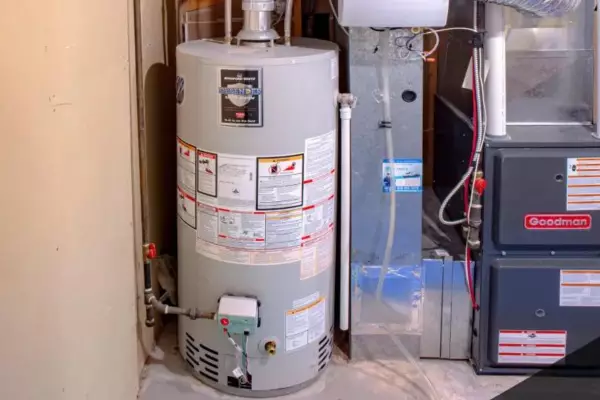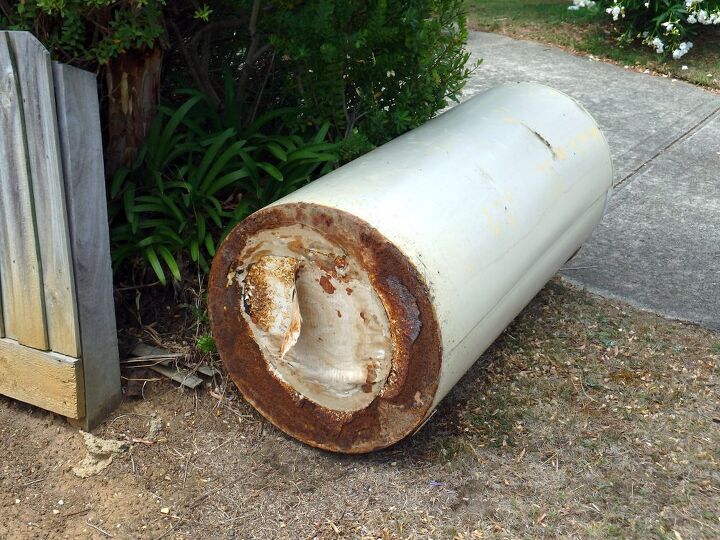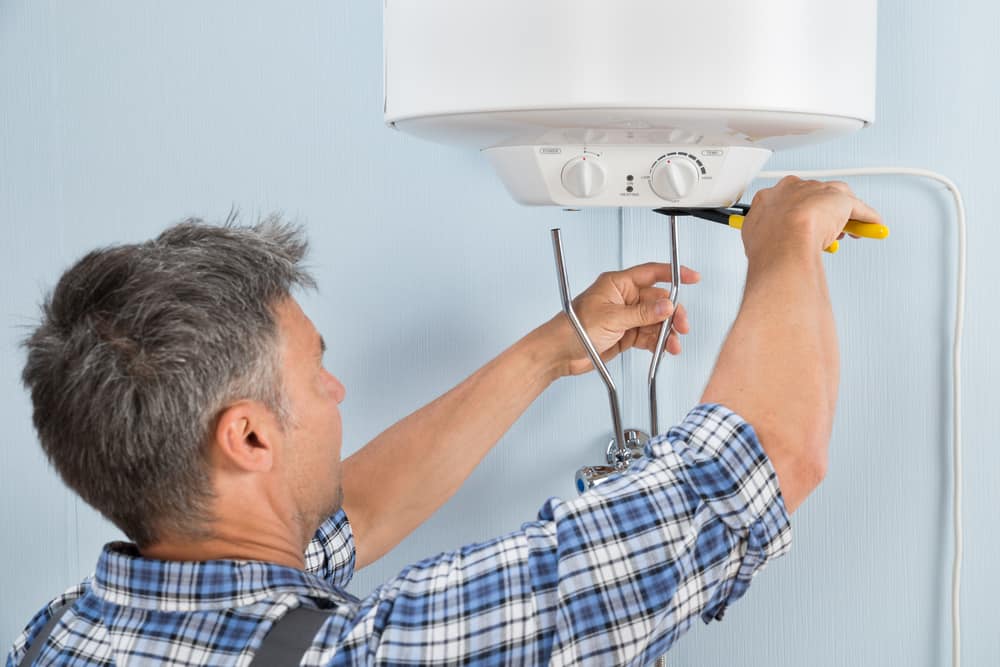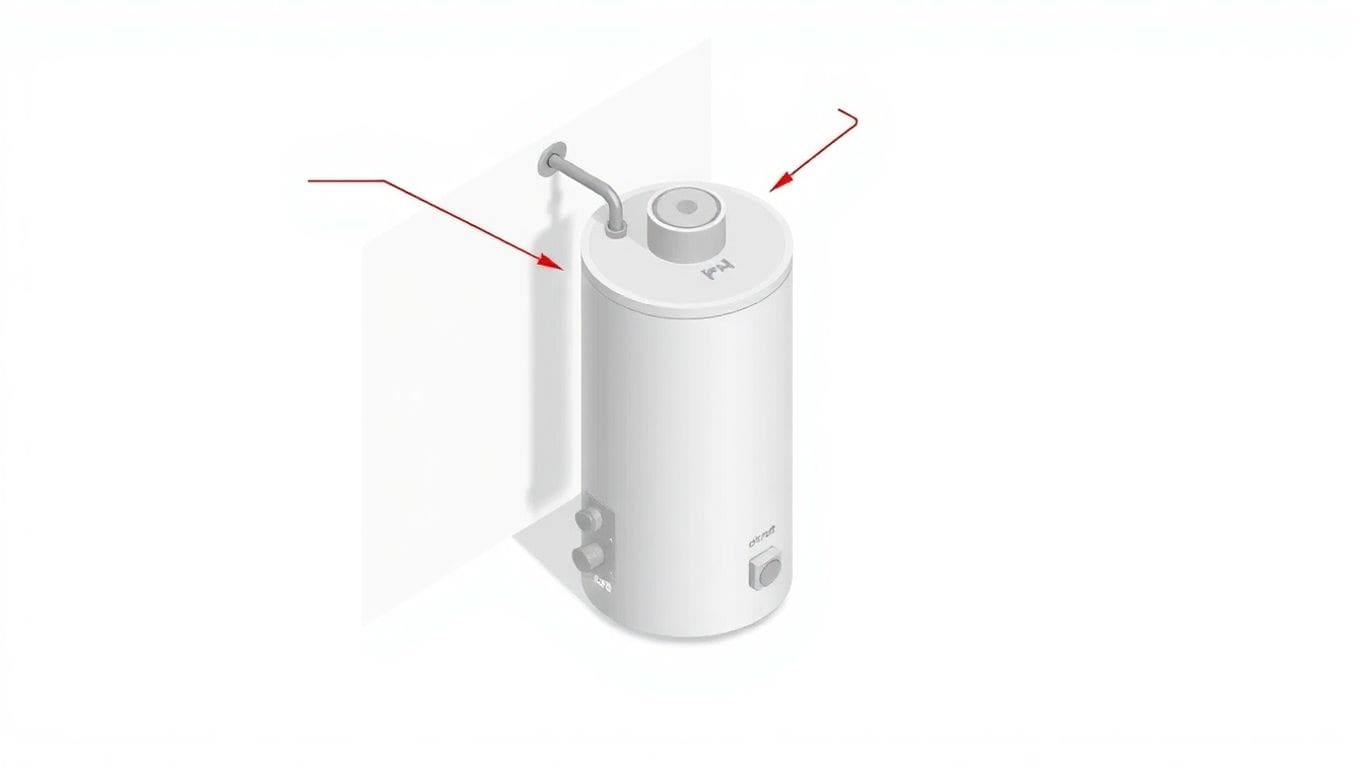Can A Hot Water Heater Be Transported On Its Side

The question of whether a hot water heater can be transported on its side is more than just a logistical consideration. It's a potential recipe for disaster if handled incorrectly, leading to equipment damage, voided warranties, and even safety hazards. Misinformation abounds, leaving many homeowners and even some contractors uncertain about the proper procedure.
At the heart of the debate lies the internal structure of these essential appliances and the potential impact of gravity and movement during transportation. A failure to understand these factors can lead to costly repairs or premature replacement, highlighting the importance of informed decision-making.
Understanding the Risks: Why Orientation Matters
The primary concern with transporting a hot water heater on its side centers around the potential damage to its internal components. These components, including the glass lining (in many models), the dip tube, and the heating elements, are designed to function within a specific orientation.
Laying the unit on its side can exert undue stress on these parts, potentially leading to cracks in the glass lining or bending of the dip tube.
"The internal components are designed to withstand vertical pressure, not lateral force," explains Mark Thompson, a certified plumbing inspector.
Glass-Lined Tanks: A Fragile Interior
Many residential hot water heaters feature a glass lining intended to prevent corrosion of the steel tank. This lining, while effective in protecting the tank, is relatively brittle and susceptible to cracking when subjected to uneven pressure or impact.
Transporting a glass-lined tank on its side increases the risk of these cracks forming, especially if the unit is jostled or dropped during transport. Even hairline cracks can compromise the integrity of the lining, leading to premature rusting and leaks.
The Dip Tube and Heating Elements: Supporting Roles at Risk
The dip tube, a plastic or metal pipe responsible for directing cold water to the bottom of the tank, can also be vulnerable. When the tank is horizontal, the dip tube's weight can strain its connections, possibly causing it to break or disconnect.
Similarly, the heating elements, crucial for warming the water, could be damaged by the shifting weight of internal components. This can result in bent or broken elements, rendering the hot water heater inoperable.
Manufacturer Guidelines: The Voice of Authority
The most reliable source of information regarding the proper transport of a hot water heater is the manufacturer's instructions. These guidelines are tailored to the specific design and materials of each model, reflecting the results of extensive testing and engineering analysis.
"Always consult the manufacturer's manual before attempting to move a hot water heater," advises Sarah Miller, a spokesperson for a major appliance manufacturer.Failure to adhere to these guidelines could not only damage the unit but also void the warranty.
Common Recommendations: Upright is Often Preferred
While specific recommendations vary depending on the manufacturer and model, a general consensus exists: upright transportation is almost always preferable. Keeping the unit vertical minimizes the risk of internal damage by maintaining the intended weight distribution and preventing undue stress on sensitive components.
Some manufacturers explicitly prohibit horizontal transportation, while others may allow it only under certain conditions, such as when the unit is completely empty and securely packaged.
When Horizontal Transport is Unavoidable: Precautions and Best Practices
In certain situations, transporting a hot water heater on its side may be unavoidable due to space constraints or logistical challenges. In these cases, extra precautions are essential to minimize the risk of damage.
First and foremost, the tank must be completely empty of water. Any remaining water will add significant weight and exacerbate the stress on internal components during transport.
Secure Packaging: Protecting Against Impact
Proper packaging is crucial to protect the hot water heater from bumps and vibrations during transport. Use ample padding, such as bubble wrap or foam, to cushion the unit and prevent direct contact with the vehicle's interior.
Secure the unit firmly to prevent it from shifting or rolling around during transport. Straps or ropes can be used to anchor the hot water heater to the vehicle's floor or walls.
Handle with Care: Minimizing Stress
Handle the unit with extreme care throughout the entire process, avoiding any sudden impacts or drops. Recruit assistance if necessary to ensure the hot water heater is lifted and moved safely.
Upon arrival, allow the unit to sit upright for several hours before installation to allow any displaced components to settle back into their proper positions. Carefully inspect the hot water heater for any signs of damage before connecting it to the plumbing and electrical systems.
The Bottom Line: Weighing the Risks and Rewards
While transporting a hot water heater on its side may be possible under certain controlled conditions, it's generally not recommended due to the inherent risks of damage. The potential costs of repairs or premature replacement often outweigh the perceived convenience of horizontal transport.
Always prioritize upright transportation whenever feasible, and carefully consult the manufacturer's guidelines for specific instructions. When horizontal transport is unavoidable, take extra precautions to protect the unit from impact and stress.
Ultimately, the decision of whether to transport a hot water heater on its side rests on a careful assessment of the risks and rewards. By understanding the potential consequences and following best practices, homeowners and contractors can minimize the likelihood of damage and ensure the safe and reliable operation of their hot water heaters.
